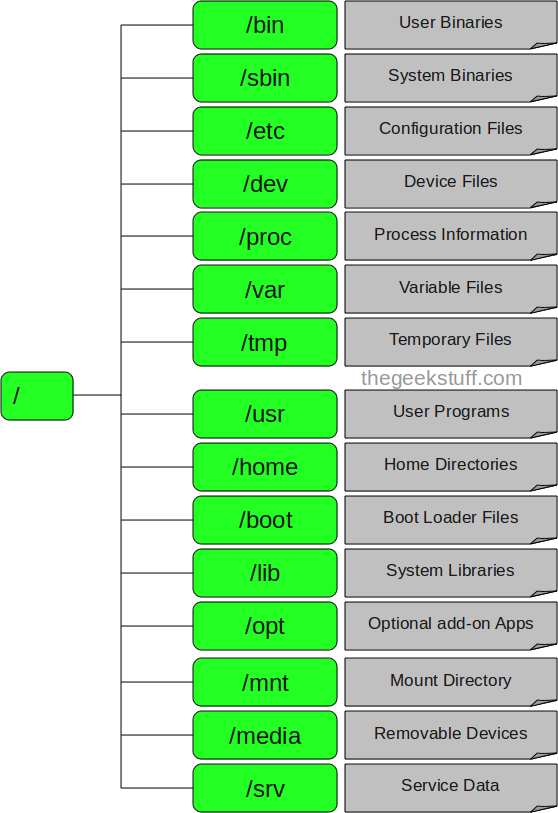Download Apache7 Windows Service installer from the below
location:
Install as a service by executing the exe
Download solr and unzip it on to disk
unzip it apache-solr-3.6.1
create c:\web\ and
copy folder apache-solr-3.6.1\example to c:\web\
rename apache-solr-3.6.1\apache-solr-3.6.1\dist\apache-solr-3.6.1.war
to solr.war
Now copy solr.war to C:\Program Files (x86)\Apache Software
Foundation\Tomcat 7.0\webapps\
Now create solr.xml file n C:\Program Files(x86)\Apache
Software Foundation\Tomcat 7.0\conf\Catalina\localhost\
For Single Core:
Add the below content in solr.xml:
<?xml version="1.0"
encoding="UTF-8"?>
<Context docBase="C:\Program Files(x86)\Apache
Software Foundation\Tomcat 7.0\webapps\solr.war" debug="0"
crossContext="true" >
<Environment
name="solr/home" type="java.lang.String" value="C:\web\example\solr"
override="true" />
</Context>
Restart Apache and the single core will run
Note: DocBase and
Solr/Home path should match your system drive and path
For Multicore:
add the below content in solr.xml:
<?xml version="1.0"
encoding="UTF-8"?>
<Context docBase="C:\Program Files(x86)\Apache
Software Foundation\Tomcat 7.0\webapps\solr.war" debug="0"
crossContext="true" >
<Environment
name="solr/home" type="java.lang.String" value="C:\web\example\multicore"
override="true" />
</Context>
By default it has two core but if you want to add one or
many core then make copy of one core and rename it (say core2) then add the core name to the C:\web\example\multicore\solr.xml add the
below line for new core
<cores adminPath="/admin/cores">
<core
name="core0" instanceDir="core0" />
<core
name="core1" instanceDir="core1" />
<core
name="core2" instanceDir="core2" />
Restart Apache and you will get solr running with multiple
core.
